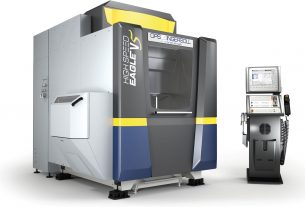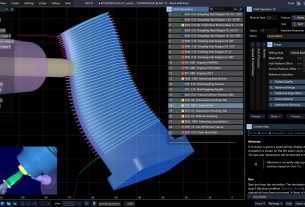You’d never leave your refrigerator door open at home. Not only would this mistake spoil your dinner plans, but it would also be a massive waste of energy. So why do we often find doorless fridges in supermarkets? Refrigeration in these stores hasn’t always been particularly energy efficient, but micromotors are helping to make an important switch. Here Dave Walsha, commercial development officer at precision drive system supplier EMS Ltd, explains how micromotors are helping three other industries become more environmentally friendly.
A study carried out with the support of the Department for Environment, Food and Rural Affairs found that “retail food outlets are responsible for around three per cent of total electrical energy consumption”, adding that “refrigeration systems account for between 30 per cent and 60 per cent of energy used.”
To help fix this, brushless dc motors are replacing the inefficient AC drives traditionally found in supermarket fridges to reduce their energy consumption. The fast moving consumer goods sector isn’t alone. There are many applications across industry that can benefit from energy-saving technologies, where small motors can make a significant impact.
Saving fuel
The main way to improve an automotive vehicle’s impact on the environment is to reduce its fuel consumption. This can be achieved in two main ways, either by improving the efficiency of the engine or by lightweighting the vehicle to reduce the amount of energy that is needed to power it.
Micromotors are key for the growing number of actuated components in car interiors including windows, powered displays and reclining seats. In place of traditional iron core dc motors, many modern vehicles feature ironless rotor motors that help to automate these components.
Automakers are not only switching to ironless rotor micromotors because they are lighter, but they are also more energy-efficient and power-dense. Since the motor’s source of energy comes from the vehicle’s engine, the less power it consume the less environmental impact the car will have.
Every gram counts
Fuel is a major cost variable that can be the difference between the success and failure of an airline, making the aviation industry incredibly fuel-conscious. Due to this cost sensitivity, reducing aeroplane fuel consumption is not only an environmental factor, but is central to business operations.
Cabin equipment inside planes is more electrically actuated than ever before. Customers have adjusted to a level of luxury, especially those travelling in first class, with powered seats, screens and window shutters all commonplace features onboard an international flight. Powering these devices requires motors and having the most power-dense motors available for the task is the most effective choice.
In fact, the
window shutter in the business class section of the Airbus A 319 is powered by
a brushless motor that weighs just 192 grams —
the 3242 BX4 model from FAULHABER, which
is available to purchase from EMS. The reduction in weight may be small
compared to the overall size of the aircraft, but the number of flights a plane
makes per year means that these savings quickly mount.
Curating crops
Fighting weeds is a challenge, especially since many of them are becoming immune to pesticides and stronger formulations need to be deployed. However, agricultural robots could alleviate our reliance on environmentally damaging pest control chemicals.
Using a vision system, agricultural robots can be trained to seek out weeds in fields and use their actuated robotic appendages to remove them without the need for any pesticides. To achieve this, the robots need to have quality precision actuation with high levels of power density, meaning that a reliable choice of servo motors is crucial for the success of the application.
Overall, micromotors are a strong contender to reduce the environmental impact of many electrical applications. From refrigeration to cars, planes and agricultural robots, micromotors can help reduce operational costs while also making applications greener.






